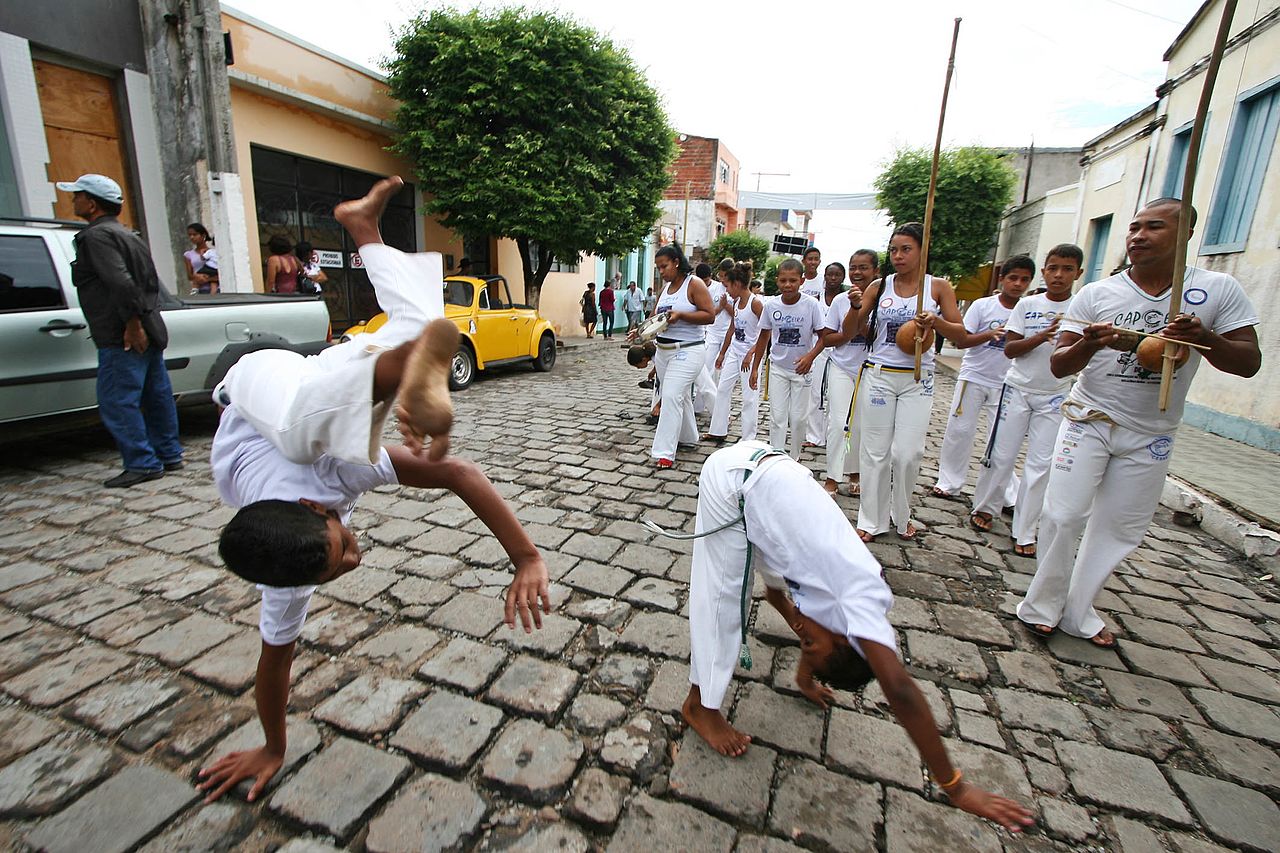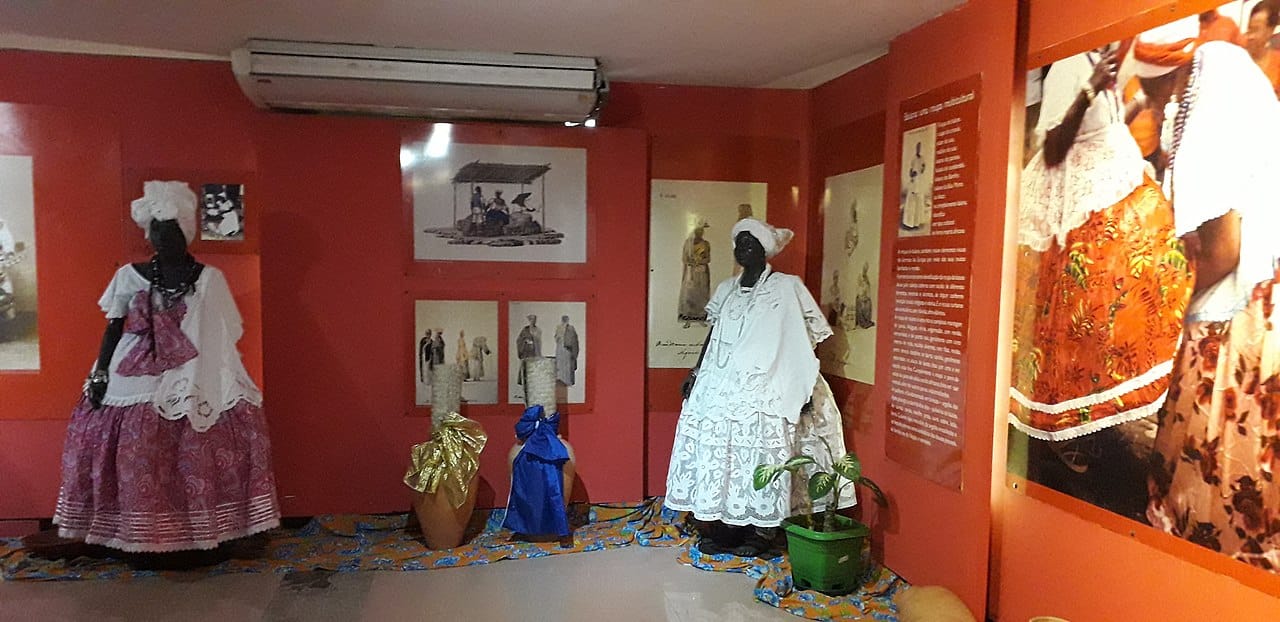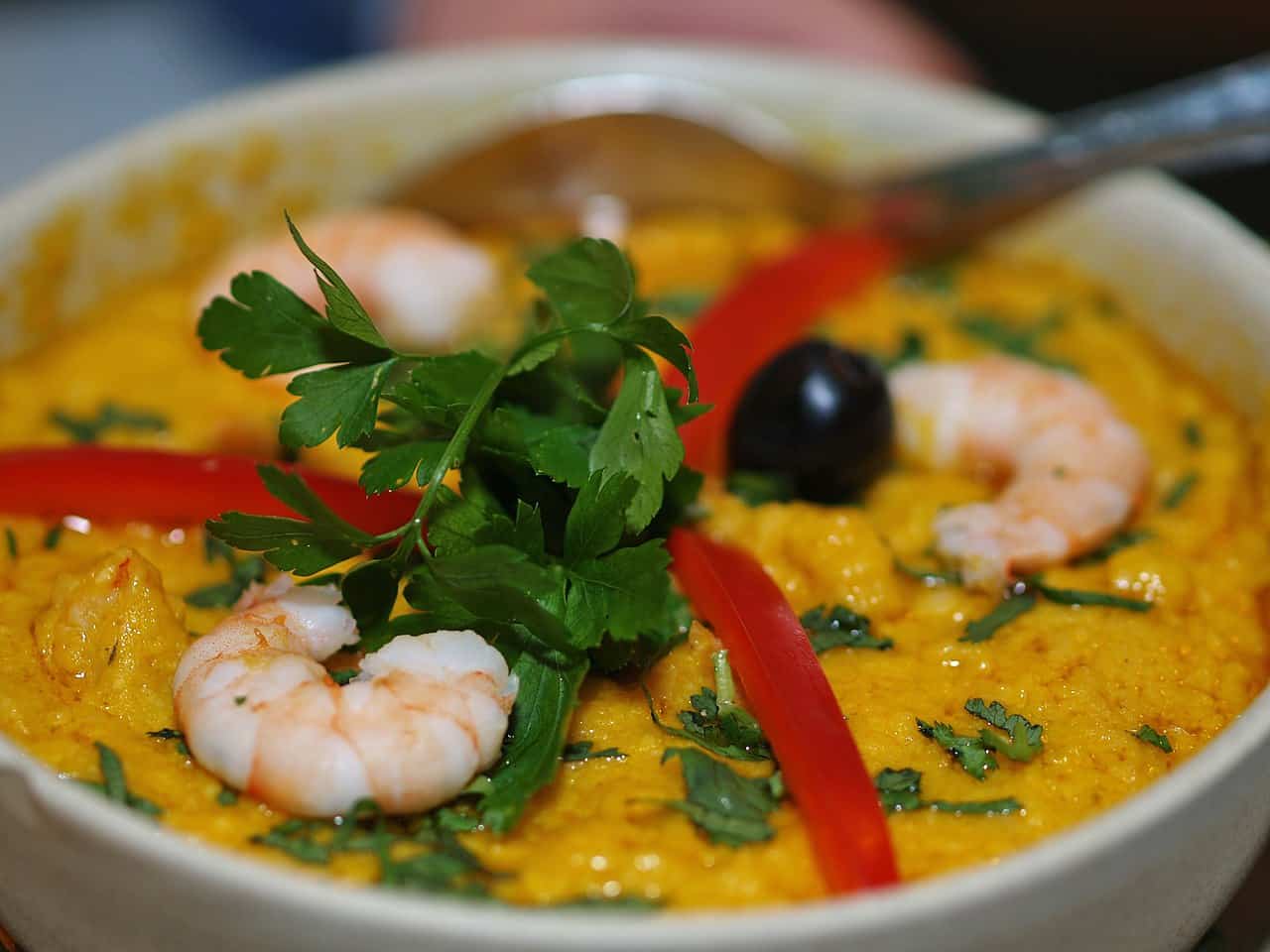
talk to you about the Brazil's traditions it is to do it from customs that have their roots in the very origins of the Ibero-American nation. But also of other more modern ones that were brought to it by the emigrants who arrived in the XNUMXth and XNUMXth centuries.
Likewise, these traditions include secular rites and celebrations such as the carnival or religious as Junine Festivities. But also hobbies taken to the extreme with a taste for football and, of course, a rich and varied gastronomy. You must not forget that the country has a wide cultural diversity and very different influences that are the result of having more than two hundred million inhabitants. And, above all, that different indigenous peoples and those from other parts of the world have mixed in it. The result of all this are the traditions of Brazil. We are going to show you some of the most important ones.
Carnival and other celebrations

Rio de Janeiro Carnival, one of the great traditions of Brazil
Perhaps the most famous Brazilian tradition in the world is the celebration of carnival. You have them all over the country, but, without a doubt, the most famous is that of Rio de Janeiroconsidered the best in the world. Interestingly, the idea of celebrating it was brought by Portuguese emigrants at the beginning of the XNUMXth century.
According to the documentation, it was developed for the first time in 1732, but since then it has reached an exponential development, with thousands of people making a living preparing it and millions of participants. Parades and other events are held in all the neighborhoods of the city, but the main activities take place in the Sambadrome of the Marquis of Sapucaí.
This installation, created by the prestigious architect ÓScar Niemeyer, hosts the parade in which the main Rio samba schools. There are a total of fourteen and each of them brings about five thousand participants. In other words, a total of seventy thousand parade dressed in cheerful clothing, spectacular floats and, of course, dancing samba.
A jury scores the intervention of each school and the winner obtains enormous prestige. But other activities are also developed in the carnival such as the election of king Momo and queen.
On the other hand, there are other celebrations in Brazil that are also very popular. It is the case of the Lemanjá party, which takes place at dawn in early February and during which offerings are made to the so-called deity of the sea. It is a tradition of Nigerian origin that was brought to America by the first slaves.
It is also very important the Forro Festival, a popular dance from the north of the country, which is celebrated around the night of San Juan. Likewise, in June the Junine Festivities, that we have already mentioned and that commemorate the figures of San Antonio, San Juan and San Pedro. Finally, the congadas They are celebrated around Saint Benedict.
Capoeira, another dance among the traditions of Brazil

round of capoeira
Despite what we have told you, there is another kind of dance that is very popular among the traditions of Brazil. However, to be rigorous, we must point out that it is much more than a dance, since it combines dance with martial arts and body language. Not for nothing, the round of capoeira (as the circle of people who interprets it is called) has been declared intangible cultural heritage of humanity.
It was also brought to America by slaves brought from Africa, specifically from the current Angola where perhaps it was a courtship dance. There are also scholars who point out that capoeira was the way in which the slaves themselves trained to rebel against their owners without them noticing. Hence his combination of dance with fighting techniques.
In fact, with the end of slavery, it began to be practiced much less. It would be at the beginning of the XNUMXth century when it was recovered as a cultural element by scholars such as mario aleixo y Hannibal Burlamaqui. Since then, it has acquired a huge boom, with academies all over the world.
However, Brazilian capoeira is a whole culture. Until recently, their apprentices had to be introduced by an initiate and received a baptism during which they were given a fashion. In any case, the patrol It is performed by two participants who recreate movements and simulate blows supported by the sound of the berimbausome string instruments. But its primary movement is the call swing, which consists of alternating two basic positions, the initial and its parallel.
Capoeira is, together with samba, the most important ritual dance among the traditions of Brazil. Also related to both is the maculele, which is performed between two participants making their sticks collide.
Soccer, almost a religion

A game of the Brazilian soccer team
The so-called king sport is followed around the world by hundreds of millions of people. And in the Latin America devotion to him. But Brazil is one of the countries where she is most welcome. It is no coincidence that he is the one who has won the most world cups. According to Getulio Vargas Foundation, thirty million people play soccer in Brazil, which also has about eight hundred teams and eleven thousand federated players.
But the love of Cariocas for the beautiful sport goes much further. When their country is eliminated in a World Cup, they consider it little more than an affront. Likewise, when a game is televised, many do not go to work to watch it. Even the general elections are usually made to coincide with the great international championships to take advantage of the national exaltation that is created And many ex-soccer players end up swelling the electoral lists thanks to their popularity.
On the other hand, Brazilians have always had their own way of playing football. It is what has been known as the nice game, a very technical, offensive and spectacular way of understanding the tactic that has made your team famous all over the planet. In reality, they couldn't assume that their national team would play any other way, although lately it has become Europeanized in his style. But, in any case, soccer figures, without a doubt, among the traditions of Brazil.
the typical costumes

Bahiana costumes, typical among the traditions of Brazil
If in relatively small countries like Spain o Italy it is difficult to speak of a single typical costume, imagine in the case of Brazil, with eight and a half million square kilometers and more than two hundred and ten million inhabitants. However, among the many that we can find in the American nation, it stands out the one from Bahia.
It has its roots in candomble religion arrival from Africa. women wear Camisu, a white blouse with handmade embroidery, and skirts or long and voluminous skirts of the same color and also embroidered. Also, the coastal cloth It is a kind of turban that they put on their heads. Finally, as decorations, long necklaces cheerful tones. As for the man, he also wears a white shirt and pants, composing an outfit similar to that used for capoeira.
However, the typical clothes of penambuco o Paraíba are very different. They stand out for their great colorful, its ruffles and high heels for women and for suits with vests, hard-collared shirts and ties for men. Like the previous one, it is used in celebrations. For example, in the latter case to interpret the gang, a folk dance of the Junine Festivities.
Gastronomy, a vital element among the traditions of Brazil

A serving of vatapá
Everything we have told you before about the size and number of inhabitants of Brazil is equally applicable to gastronomy. Each region has its own, as varied as it is delicious. However, there are some dishes that you can try throughout the country. Brazilian gastronomy is the result of three substrata that have been superimposed: the indigenous or native, the European and the African. As a result, you will find dishes that are familiar to you, but prepared in a different way.
Probably the quintessential national recipe is Feijoada, which precisely reflects the Portuguese influence. It has rice, black beans and salted pork. Likewise, it is sprinkled with cassava flour and, in some places, sausage is even added.
The fish moqueca, a fish stew that is prepared with onion, tomato, chili, malagueta leaves and coriander, coconut milk and palm oil. As a curiosity, we will tell you that there are two variants: the bahian moqueca and the capixaba. The main difference between the two is that the first uses achiote instead of oil, but both dispute the authenticity of the recipe.
Also native to Bahia is the Vatapd, sauce that is made, normally, to accompany the Shrimp bean ball. The latter is a bun prepared with mashed beans and shrimp dough that is fried in palm oil. For its part, the aforementioned sauce contains flour, ginger, pepper, peanuts, coconut milk, onion and, also, palm oil.
But, if you like soups, we recommend the tacaca not tucupí, which is made up of two broths. The former is made with jambú herb, while the tucupí is made with cassava and shrimp. It is then mixed to take together. There is a variant that is prepared with duck, garlic, rice, bacon and vegetables.

some brigadeiros
As for desserts, we advise you to try the coconut beijinho or coconut kiss. It is a sweet that is made with this fruit, butter and condensed milk. Another cake also has condensed milk and butter, the brigadier, which also includes powdered and granulated chocolate. Finally, the national drinks par excellence are coffee y cachaça. The latter is a distillate made from sugar cane. However, the quintessential cocktail in Brazil is caipirinha, which contains, precisely, cachaça, lime, sugar and ice.
In conclusion, we have shown you some of the main Brazil's traditions. But we could mention other festivities such as the Nazare's Cirio or Carnival of San Salvador de Bahia; musical styles like bossa nova or typical costumes such as those of the tribes of the Amazon. Don't you think that all these customs and traditions are exciting?